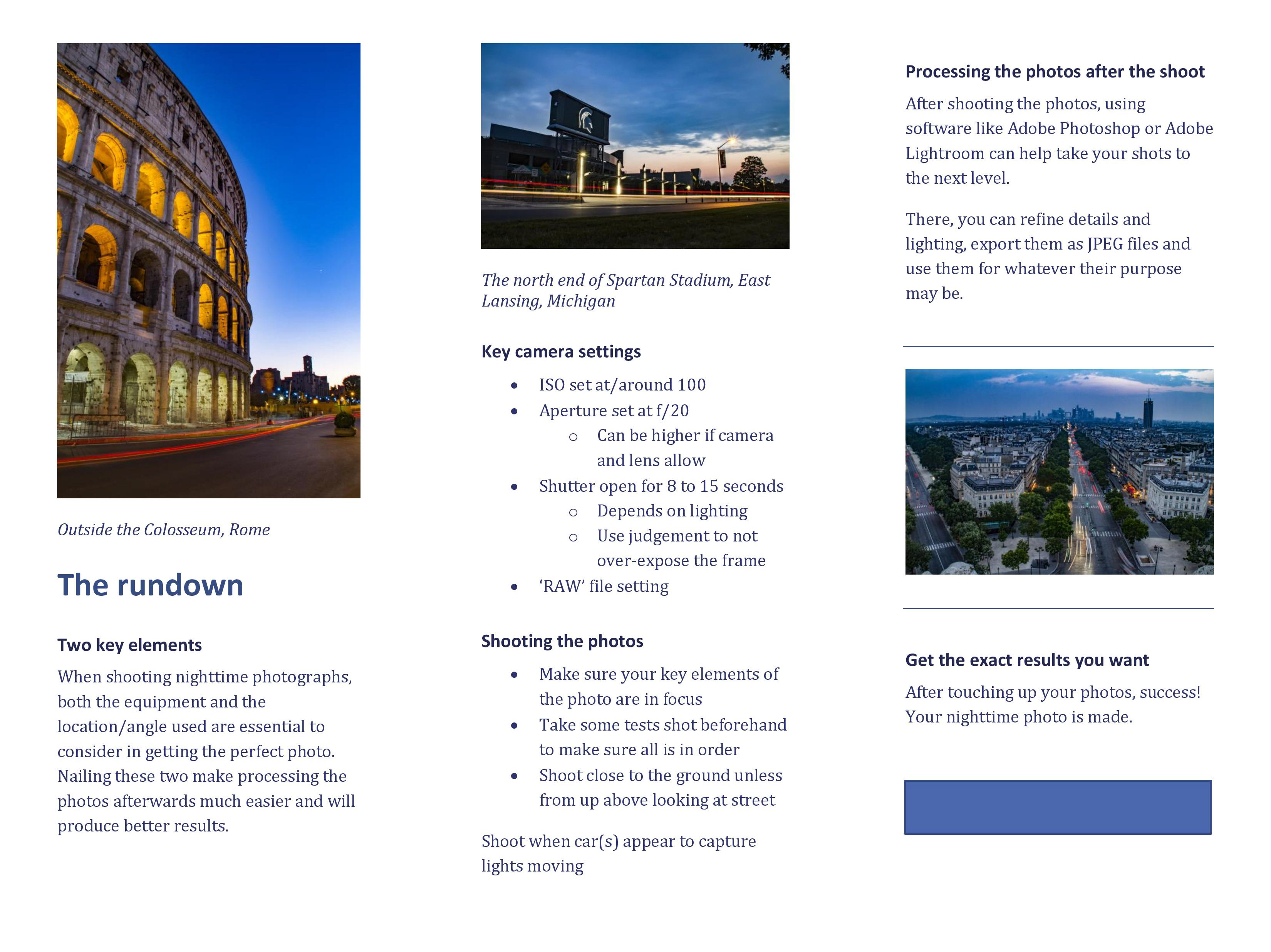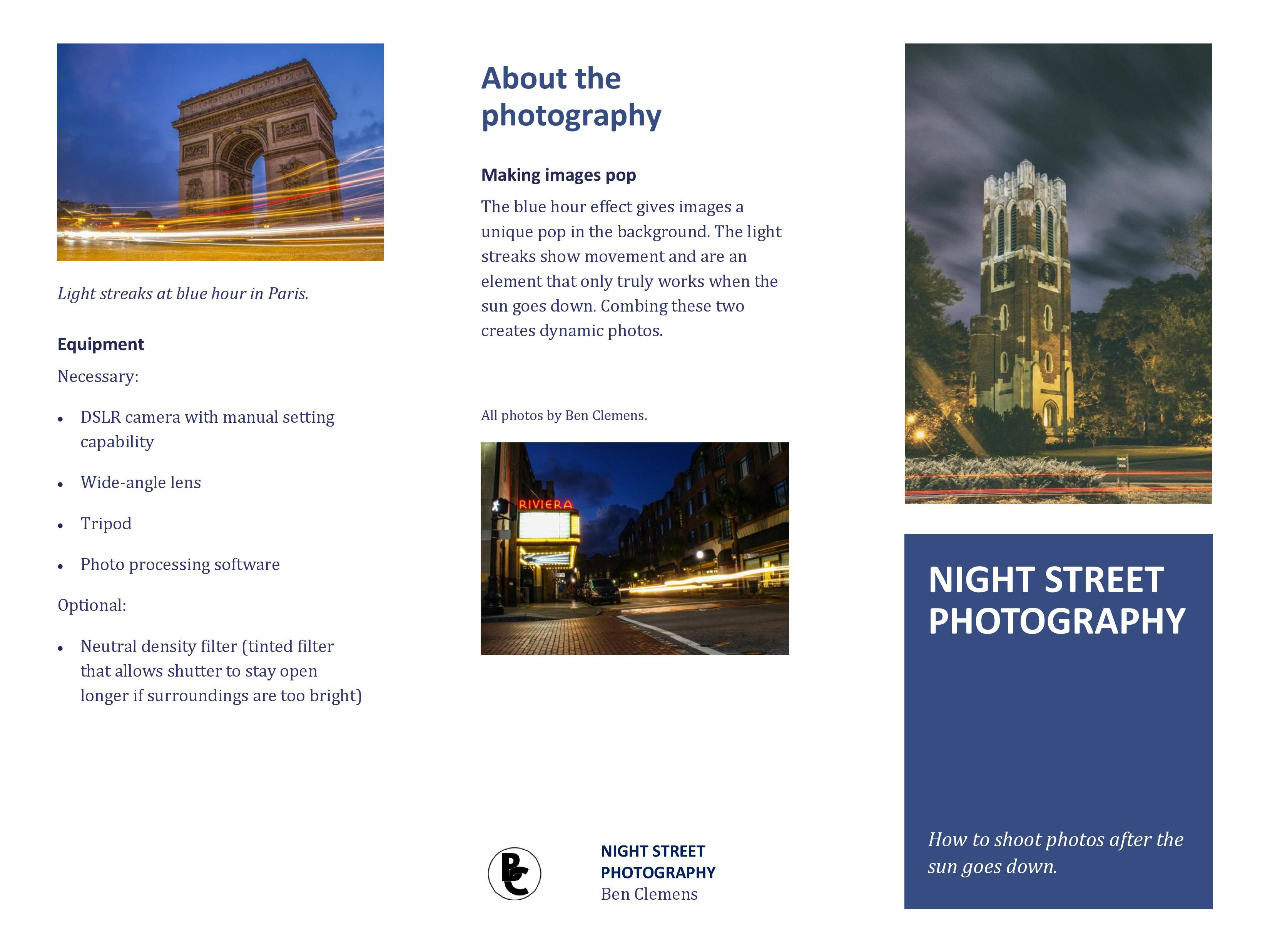Story pitch angles and ideas to achieve publicity for JHU study (5).
1. @dog_rates Twitter account
This is a more modern choice that relies on the prowess of social media. The Dog Rates account basis is just featuring people’s dogs and rating them 12-14 out of 10. However, they have an open direct message (DM), public email and are very open to posting submissions – especially ones that either involve a charity or a feel-good story. The account has nearly 7.5 million followers – with followers who strongly engage in the Dog Rates content – and the projects or charities they promote meet their goals regularly. A post on their account yields high content exposure.
In pitching this study, I would send them both a DM and an email involving the study and how therapy dogs are assisting patients in the ICU. This is the kind of content the account and its followers enjoy, so I’d make sure to stress how these good boys and girls are making a “paw”-sitive impact in care facilities. Mentioning the anecdotal evidence here is a must. For the email I would send a link to a story about the study, link to the study itself and a media release highlighting the key details about the study to make more sense out of it. I would also likely attach a photo or two to truly show them the dogs at work, with freedom for them to post for their followers. The DM would include just a link to the study and photos, among other key information. I would additionally mention how beneficial it would be for their audience to know about how the therapy animals’ impact, especially since there’s appeal for these types of feel-good stories with the prevalent negativity seen on social media. Included would also be relevant contact information so they could reach us via a variety of means at any time. I’d make sure they’re clearly aware of the benefits displayed in the study so there’s no confusion amid the other submissions they receive.
2. Baltimore Sun
The Baltimore Sun is the local newspaper in Baltimore with a decent reach in the DMV area and nationwide. Johns Hopkins University is in Baltimore so naturally there’s an appeal for the publication to cover things happening at the school. They’re much like any paper with several areas of coverage.
In pitching this study, I would target writer Andrea K. McDaniels, who specializes in health and medicine. McDaniels has written about both JHU and mental health, so I would make sure to refence those articles to demonstrate attention to detail in their work. Tying those into the study will build a better foundation for the pitch. The message would be sent via email – which is provided on the Sun’s website – and would include a file with the published study for reference, a news release with quotes and a fact sheet to make it easier for her to decide it’s worth writing about. In the message itself I would make note the locality of the study since it’s originating from JHU and how the medical value appeal to both her work and her audience. I would then summarize main points in the study to give an idea of she’s seeing here before concluding with contact information to make communication easy if follow-ups were required.
3. Harvard Health Publishing
Harvard Health Publishing (HHP) is the publishing arm of the Harvard Medical School and they’re available to publish studies from all institutions. Given this is a medical study and the timeliness of the findings, there’s a natural connection between the two. The publication features a variety of wellness areas, including mental health.
In this pitch, I would reach out to Matthew Solan of the Harvard Men’s Health Watch division in HHP. He’s the executive editor of the Men’s Health Watch and has written about animal-assisted therapy in the past. I would frame the pitch around a continuation of studies Solan has covered and how the study has progressed the research in the mental health field, then introduce the study itself. The message would be sent via email, which can be found on his personal website, and would include a file of the published study for reference, a news release with researcher quotes and a fact sheet to highlight key points quickly. I would make sure to note his previous reports on studies, showing the true attention to detail from our end to help persuade him. In addition, I’d mention how the study appeals to him and his audiences with what he and the publication covers. Lastly, I’d summarize the final details regarding the finding and leave contact information for any additional follow-ups.
4. NowThis
Although NowThis has been a controversial news outlet for its partisan nature, it’s still a very appealing option given its reach on social media platforms – especially Facebook. They often post and produce relatively simple videos on the chosen topic that can last a minute or two. Their content is optimized for mobile consumption and by younger audiences. Despite being partisan, they do showcase stories on mental health and dogs since there’s a substantial appeal to them on Facebook. A feature from NowThis would have some lengthy influence.
In this pitch I would reach out to Scout MacEachron, a producer for NowThis, who has previously produced content involving therapy dogs and the person they’re caring for. The pitch would be framed in a way that connects her previous work to the study and to her love for dogs, which is prominently mentioned on her social media platforms. The key points would be highlighted to show the positive impact of animal-assisted therapy in care units and how this would relate to her and her audience. Because NowThis likes to play into emotions, the pitch would be effective if it taps into a bit of emotion as well. Furthermore, the pitch would include the study itself, a news release with researcher quotes, a fact sheet since their videos are big on fast facts and two photos to give a visual aspect. The pitch would be emailed to her work email, which can be found in her tweets. To finish off everything, I’d include the concluding details about how the therapy animals have a lasting and effective positive influence on the patients they serve.
5. Modern Healthcare
This publication deals with healthcare business news, research and data. They’re owned by Crain Communications and have large readership in the healthcare industry. They do report on healthcare developments outside the business realm as well.
For this pitch, I would contact public health staff writer Steven Ross Johnson. Johnson is an ideal target for both timeliness and familiarity; he published a story in October about recent negative side effects that could come from animal-assisted therapy in some cases and the study referenced for the article came from Johns Hopkins University. The study was from a different JHU department, but that’s OK. The pitch would be emailed to him, as it’s provided by his page on the publication website. The lead would reference his article to establish the connection and then the study would be introduced to show the other side of the story from the same university. It’s key to mention the other side of the story since journalism stories always have multiple angles, this one can be seen as a follow up article. Included in the email would be the study itself, a news release and a fact sheet to give him the key ideas. I would relate the two stories together to help foster that appeal further, especially since his stories raises concerns about the implementation of animals-assisted care and our study addresses how to go about doing that in a productive and controlled manner. Furthermore, I would reference how a follow-up article like this would appeal to his audience who saw his story, like we did. I’d supply concluding details about the study and provide contact information for any follow ups regarding the study.









